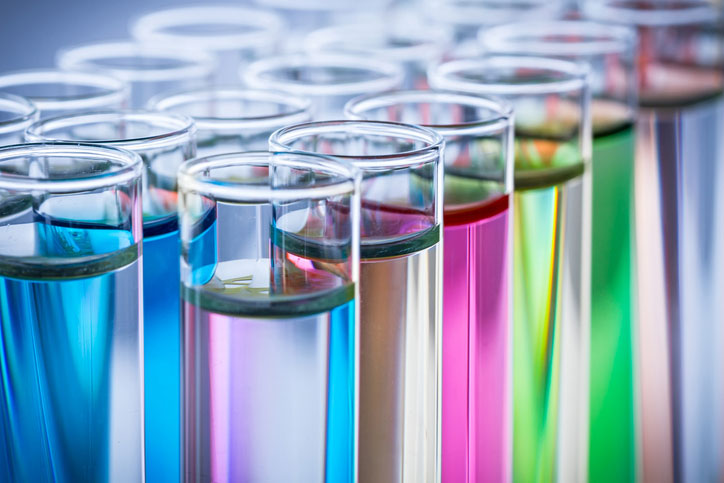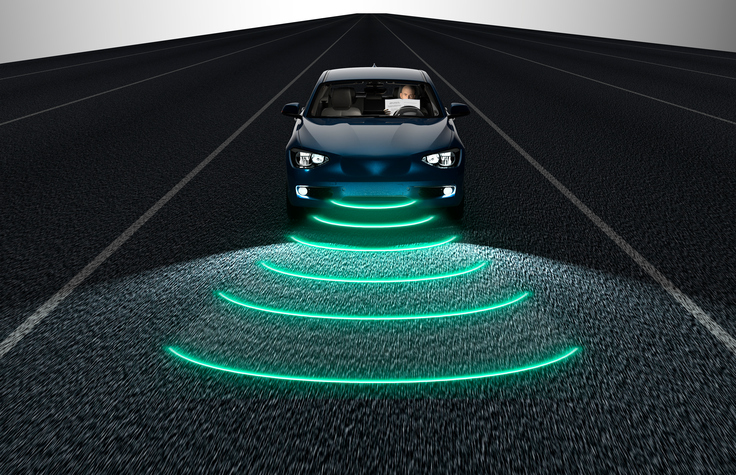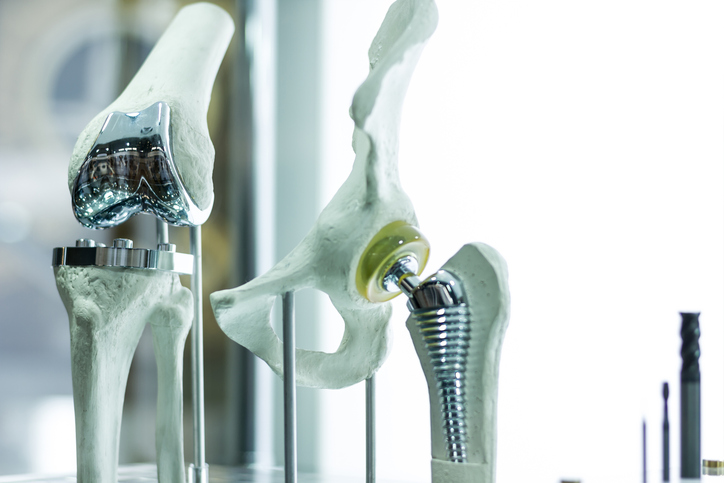 A new chemical sensor prototype will be able to detect “single-fingerprint quantities” of chemicals and other substances at a distance of more than 100 feet—and its creators are working to make it the size of a shoebox.
A new chemical sensor prototype will be able to detect “single-fingerprint quantities” of chemicals and other substances at a distance of more than 100 feet—and its creators are working to make it the size of a shoebox.
The device could potentially identify traces of drugs and explosives, as well as speed up the analysis of certain medical samples. A portable infrared chemical sensor could be mounted on a drone or carried by users such as doctors, police, border officials, and soldiers.
The device’s sensor is made possible by a new optical-fiber-based laser that combines high power with a beam that covers a broad band of infrared frequencies—from 1.6 to 12 microns, which covers the so-called mid-wave and long-wave infrared.
“Most chemicals have fingerprint signatures between about 2 and 11 microns,” says researcher Mohammed Islam, who developed the laser. “Hence, this wavelength range is called the ‘spectral fingerprint region.’ So our device enables identification of solid, liquid, and gas targets based on their chemical signature.”


 Submission Deadline: December 26, 2017
Submission Deadline: December 26, 2017 In the wake of car- and truck-based attacks
In the wake of car- and truck-based attacks  Engineers have developed a flexible sensor “skin” that can stretch over any part of a robot’s body or prosthetic to accurately convey information about shear forces and vibration—information critical to grasping and manipulating objects.
Engineers have developed a flexible sensor “skin” that can stretch over any part of a robot’s body or prosthetic to accurately convey information about shear forces and vibration—information critical to grasping and manipulating objects. The development of prosthetics has changed many lives, providing mobility options and allowing for more active lives. But all artificial limbs aren’t perfect. Some can be painful, difficult to use, and lead to possible skin infections. The Office of Naval Research is looking to change that, providing new options for those in need of artificial limbs.
The development of prosthetics has changed many lives, providing mobility options and allowing for more active lives. But all artificial limbs aren’t perfect. Some can be painful, difficult to use, and lead to possible skin infections. The Office of Naval Research is looking to change that, providing new options for those in need of artificial limbs. Researchers have developed a new method for evaluating drug safety that can detect stress on cells at earlier stages than current methods, which mostly rely on detecting cell death.
Researchers have developed a new method for evaluating drug safety that can detect stress on cells at earlier stages than current methods, which mostly rely on detecting cell death.